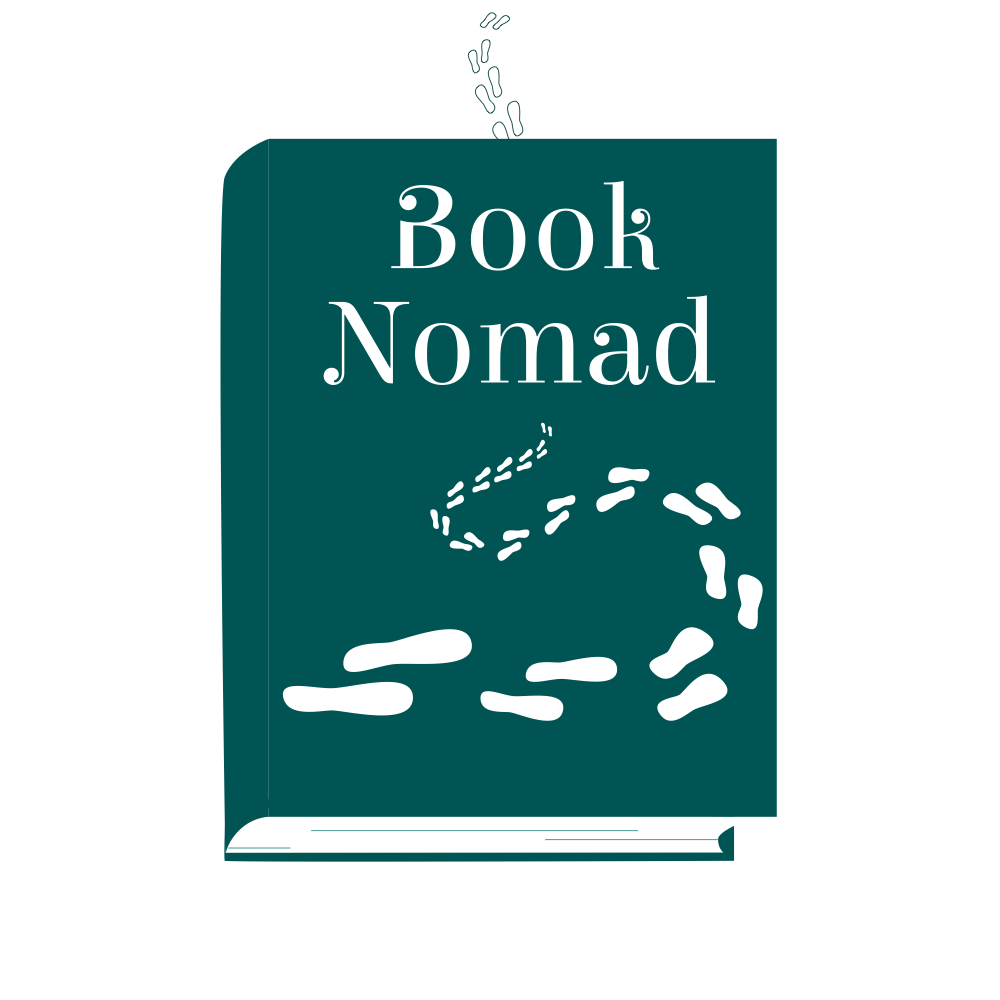With beautiful drawings and well written text, this graphic novel pulls the reader in from the very first pages. In fact, I finished the whole book – 320 pages – in the space of a (rather late) night and morning. This autobiographical book portrays the life of Muhammad Najem, a child living in Eastern Ghouta at the start of the book, and his family, as they live through increasingly aggressive bombing of their city. Inspired by his older brother who is a passionate cameraman, Muhammad, at the age of 15, decides to take the very risky step of recording himself reporting on the bombings and their consequences and uploading them to the Internet so that the world can see what is happening. I hadn’t heard of Muhammad Najem before I came across this book, so my interest was not driven by him specifically but by the idea of a Muslim-authored graphic novel about Syria, but seeing his and his family’s work gave me a lot to think about in terms of what people are willing to sacrifice for the truth and justice.

I thought this book was successful in a number of ways. Firstly, it showed the very normal, relatable lives that Muhammad and his family were living before the government attacks started. It has been almost 12 years since they began and, to some extent, this has led to the idea of Syrian refugees becoming almost normal in the public consciousness. This has a sort of numbing effect and books like this that remind the reader of what once was are very important in countering that. As Long As the Lemon Trees Grow by Zoulfa Katouh had a similar impact. Secondly, it reveals the complete devastation caused by the bombings and the pain and torture that people go through everyday, whether from injury, losing a loved one or dealing with the constant fear and trauma caused by living in such an environment. Thirdly, I appreciated the portrayal of the way Muhammad and his family navigated his desire to make a difference and the risk to his safety that it would entail. It was very honest and allowed the reader to experience – in a small way – the emotional battle that they faced. It also underlined the very real risk that such people do face when they use their voice against oppression. Similarly, the book explored Muhammad’s feelings of guilt and uselessness upon reaching safety, which must be a struggle for many people who have been able to escape but leave loved ones and their country behind.
Finally, the portrayal of Islam as a source of comfort and strength was key. I do wonder whether if this book had been in Arabic there would have been even more explicit references to Allah and prayer, for example. Secularisation through language is a very large topic in itself but this book definitely showed clearly that their reliance on Allah was at the centre of their lives. Having read this at the time of the deadly earthquakes in Türkiye and Syria, I noticed how significant Muslim-authored media is in portraying the role of faith: there has been a striking contrast between mainstream media and individual accounts coming out of the earthquake zones in showing how important trust in and submission to Allah is in such situations. There was one perplexing part of the book that I found alien to an Arab context in which Muhammad and his sister spoke about someone who had died in a bombing and said maybe that person has become a star looking down at them. I have never heard of anything like this in a Muslim context; it sounds distinctly non-Muslim and American/British. Is this an idea in some parts of the Arab world that I’m not aware of?

This book is aimed at 8-14 year olds and I think the language level is certainly suitable for that age group. The drawings are also not particularly graphic. However, of course, there are many references to death and violence that need to be taken into consideration when giving the book to a child. There are also many beneficial discussions that can emerge from it. Overall, I think a reader of any age can enjoy and benefit from this book and I came out of it with a renewed understanding of the challenges faced by refugees and the struggles of those who have remained in Syria.


0 Comments